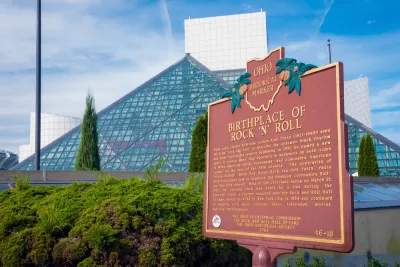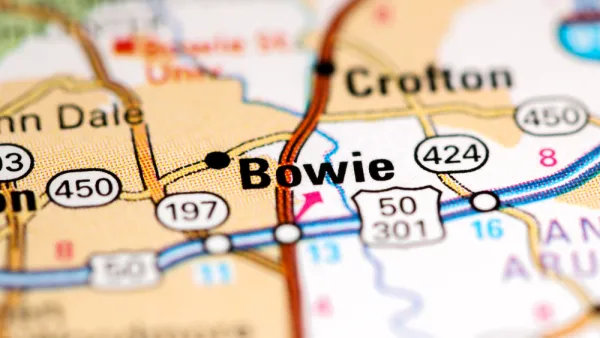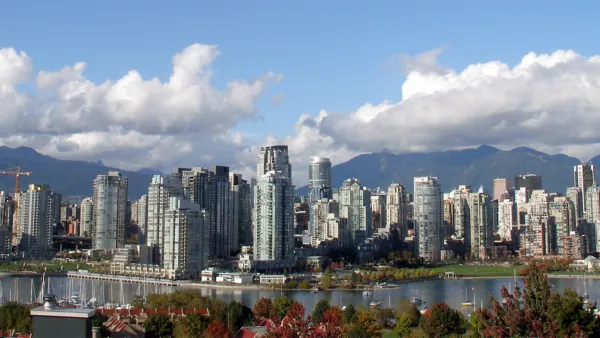The economic recovery of recent years has not reached all corners of the country—it hasn’t even reached all corners of many cities. A new report plots a new map of the nation's distressed communities.

Richard Florida and Aria Bendix share news of a new report from the nonprofit Economic Innovation Group, which finds more than 50 million Americans living in economically distressed communities.
"The report, which examines economic distress across tens of thousands of ZIP codes, finds one-fifth them to be in economic distress," according to Florida and Bendix. A map included with the post illustrates how widespread the proliferation of neighborhood distress and spatial inequality.
The article also includes this passage about how the map of distressed communities has changed in recent years:
In the period of recovery following the Great Recession, the authors find, jobs in the median U.S. ZIP code grew at less than half the national rate. While some communities are currently enjoying the fruits of the recovery, others have sunk further into poverty. According to the authors, this pattern of distress vs. prosperity not only “diverges between cities and states but even more starkly within cities at the neighborhood level.”
The article includes more details from the study, including a list of the cities where the largest numbers of people living in distressed zip codes.
FULL STORY: Mapping the Most Distressed Communities in the U.S.

National Parks Layoffs Will Cause Communities to Lose Billions
Thousands of essential park workers were laid off this week, just before the busy spring break season.

Retro-silient?: America’s First “Eco-burb,” The Woodlands Turns 50
A master-planned community north of Houston offers lessons on green infrastructure and resilient design, but falls short of its founder’s lofty affordability and walkability goals.

Delivering for America Plan Will Downgrade Mail Service in at Least 49.5 Percent of Zip Codes
Republican and Democrat lawmakers criticize the plan for its disproportionate negative impact on rural communities.

Test News Post 1
This is a summary

Test News Headline 46
Test for the image on the front page.

Balancing Bombs and Butterflies: How the National Guard Protects a Rare Species
The National Guard at Fort Indiantown Gap uses GIS technology and land management strategies to balance military training with conservation efforts, ensuring the survival of the rare eastern regal fritillary butterfly.
Urban Design for Planners 1: Software Tools
This six-course series explores essential urban design concepts using open source software and equips planners with the tools they need to participate fully in the urban design process.
Planning for Universal Design
Learn the tools for implementing Universal Design in planning regulations.
EMC Planning Group, Inc.
Planetizen
Planetizen
Mpact (formerly Rail~Volution)
Great Falls Development Authority, Inc.
HUDs Office of Policy Development and Research
NYU Wagner Graduate School of Public Service





























